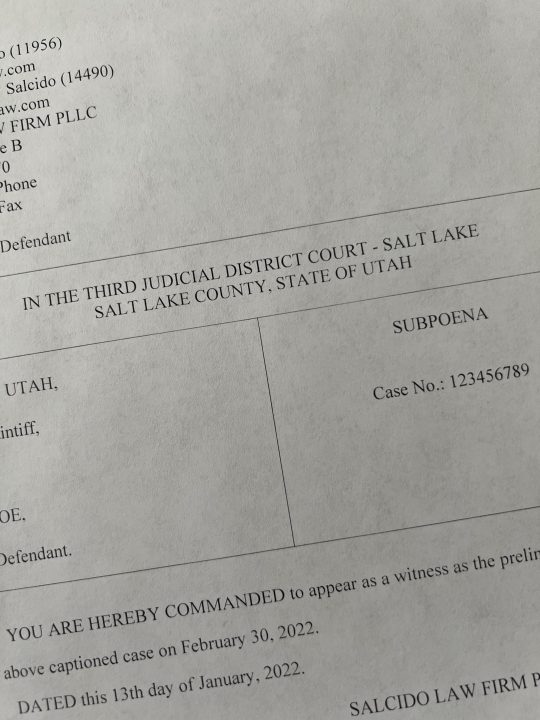The Woodward Decision and Its Formula
In 1982 the Utah Supreme Court decided Woodward v. Woodward, which is the governing law of how retirement benefits are distributed in Utah. In that case the trial judge awarded the wife a portion of the husband’s retirement benefits which had not yet vested. The husband was a civilian employee for Hill Air Force Base for fifteen years at the time of the divorce and he had contributed to his retirement plan throughout those 15 years. He had to work at HAFB for a minimum of 30 years, however, to receive the benefits that the government would contributed to his retirement. The trial judge found that that the future benefits that would be paid by the government was a marital asset, and therefore, awarded the wife an equitable share of those future benefits. The trial judge awarded 1/4 of the retirement benefits based on the husband working at least 30 years to get the full benefits. The husband appealed.
On appeal, the Utah Supreme Court agreed with the trial judge that the future benefits to be paid by the government constituted a martial asset that was subject to equitable distribution, but established its own formula: “[I]n its order, the court specified that the wife receive one-fourth of the proceeds of the retirement plan as they are received by the husband. This portion, one-fourth, awards to the wife one-half of the benefits accrued during the marriage only if the husband works for the full thirty years. The order should be modified to provide for the wife to receive one half of the benefits accrued during the marriage, regardless of the length of time the husband continues in the same employment. Whenever the husband chooses to terminate his government employment, the marital property subject to distribution is a portion of the retirement benefits represented by the number of years of the marriage divided by the number of years of the husband’s employment.”
So for example: if the parties were married for 8 years and the wife’s retirement account is valued at $200,000 and the wife has been working for 14 years then the husband’s distribution would be calculated as follows:
$200,000 (total value of retirement) x 1/2 (husband’s share) = $100,000
$100,000 x 8 (term of marriage) = $800,000
$800,000 / 14 (number years wife worked) = $57,142.86 (husband’s share of retirement account)
Woodward Governs
If you are facing divorce and have retirement accounts, apply the above to better understand what a judge will do in your case. You can count on the above formula applying to your accounts. There may be very rare circumstances in which Woodward would not apply but for the most part it will apply to any retirement accounts at issue.
For more information about splitting the marital estate in a Utah divorce action, call our law firm at 801.413.1753.




